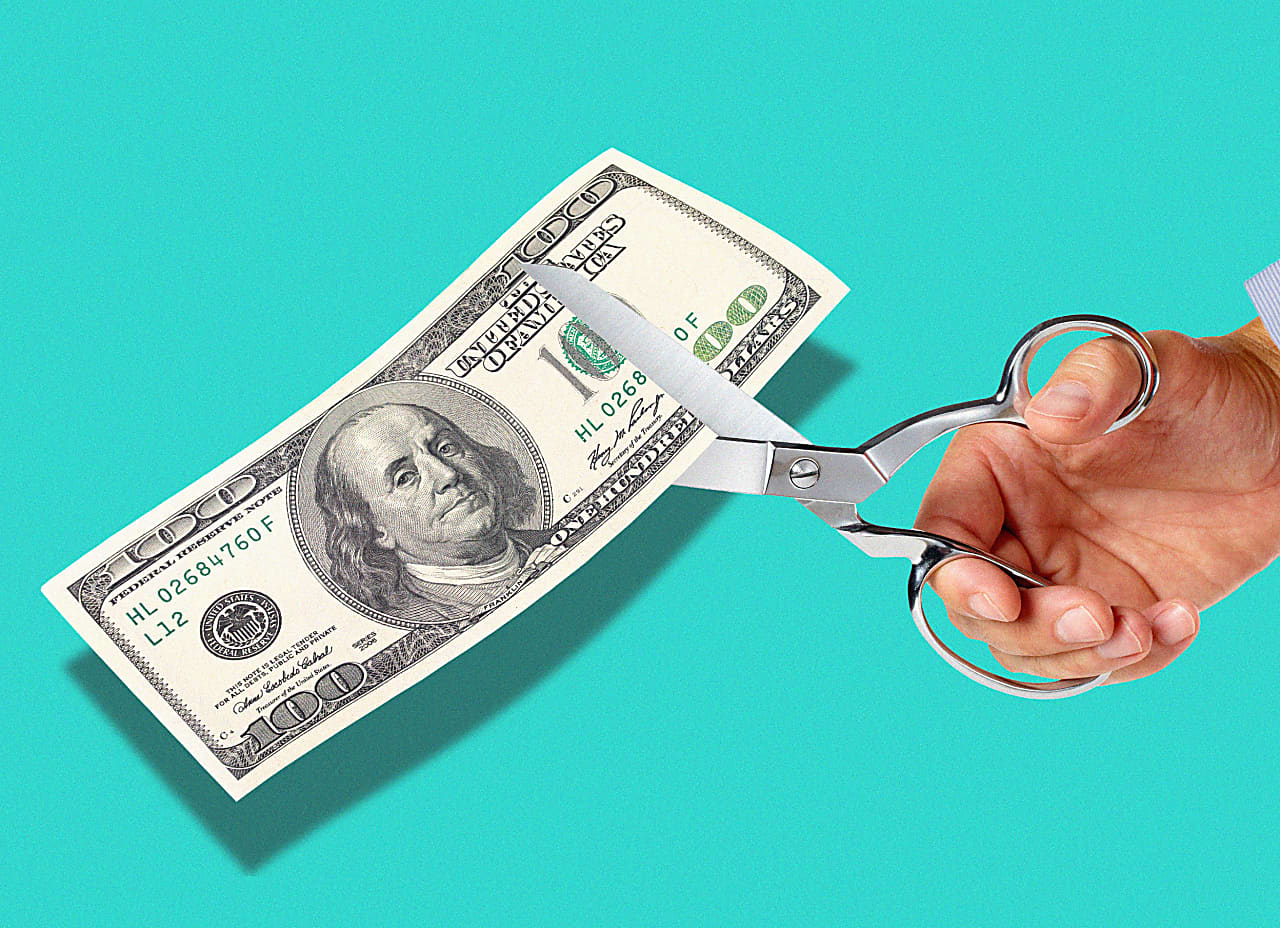Investable Wine Markets Hit New Highs in 2022
Fine wine markets had another record year in 2022 as investors’ interest in alternative, tangible assets continued to grow, but there are warning signs of weakening sales in the short term, according to a year-end report from Liv-ex, a global marketplace for the fine wine trade.
All the major indices compiled by Liv-ex reached new highs and outperformed major equities and commodities this year, according to Liv-ex.
Liv-ex Fine Wine 1000, the broadest index of the fine wine market, was up 16.1% year over year, while the benchmark Liv-ex 100 rose 3.8%, according to the report released Thursday.
Those results greatly outperformed major equities. By comparison, the S&P 500 lost 15.6% year over year, while Hong Kong’s stock market benchmark, the Hang Seng Index, dropped 19.8% and London’s FTSE 100 Index fell 17%.
“As a diminishing asset which encourages long-term storage, fine wine is an inherently low-volatility investment. This gives it advantages over mainstream assets especially in turbulent economic times,” Liv-ex said.
However, there are signs of a slowdown in fine wine markets due to supply chain turmoil caused by rising energy prices, according to the report. Despite its annual gain, the Liv-ex 100 recorded its first decline in 18 months in July, and again in October and November.
While trade volume hit a new high, it only increased 2.4% in 2022, compared to a 10.4% rise last year. The number of active buyers for wines identified by specific vintages, which tend to have higher price points, fell from a year ago, Liv-ex said.
A survey of Liv-ex merchant members also pointed to a less promising future, with a slight majority of respondents having a “neutral” or “quite pessimistic” view about next year. Two respondents even predicted that the Liv-ex 100 Index would fall more than 25% in 2023.
Merchant members noted their continued concerns about the potential of a global recession, rising logistics costs, foreign exchange volatility, and a loss of consumer confidence, according to the Liv-ex survey.
“The fine wine market has been on the up since 2015. An increasing amount of indicators are pointing to a pullback in the short term,” Justin Gibbs, Liv-ex’s deputy chairman and exchange director, said in a statement. “But the wine market has never been about the short term.”
 Copyright 2020, Dow Jones & Company, Inc. All Rights Reserved Worldwide. LEARN MORE
Copyright 2020, Dow Jones & Company, Inc. All Rights Reserved Worldwide. LEARN MORE
This stylish family home combines a classic palette and finishes with a flexible floorplan
Just 55 minutes from Sydney, make this your creative getaway located in the majestic Hawkesbury region.
More than one fifth of Australians are cutting back on the number of people they socialise with
Australian social circles are shrinking as more people look for ways to keep a lid on spending, a new survey has found.
New research from Finder found more than one fifth of respondents had dropped a friend or reduced their social circle because they were unable to afford the same levels of social activity. The survey questioned 1,041 people about how increasing concerns about affordability were affecting their social lives. The results showed 6 percent had cut ties with a friend, 16 percent were going out with fewer people and 26 percent were going to fewer events.
Expensive events such as hens’ parties and weddings were among the activities people were looking to avoid, indicating younger people were those most feeling the brunt of cost of living pressures. According to Canstar, the average cost of a wedding in NSW was between $37,108 to $41,245 and marginally lower in Victoria at $36, 358 to $37,430.
But not all age groups are curbing their social circle. While the survey found that 10 percent of Gen Z respondents had cut off a friend, only 2 percent of Baby Boomers had done similar.
Money expert at Finder, Rebecca Pike, said many had no choice but to prioritise necessities like bills over discretionary activities.
“Unfortunately, for some, social activities have become a luxury they can no longer afford,” she said.
This stylish family home combines a classic palette and finishes with a flexible floorplan
Just 55 minutes from Sydney, make this your creative getaway located in the majestic Hawkesbury region.






















